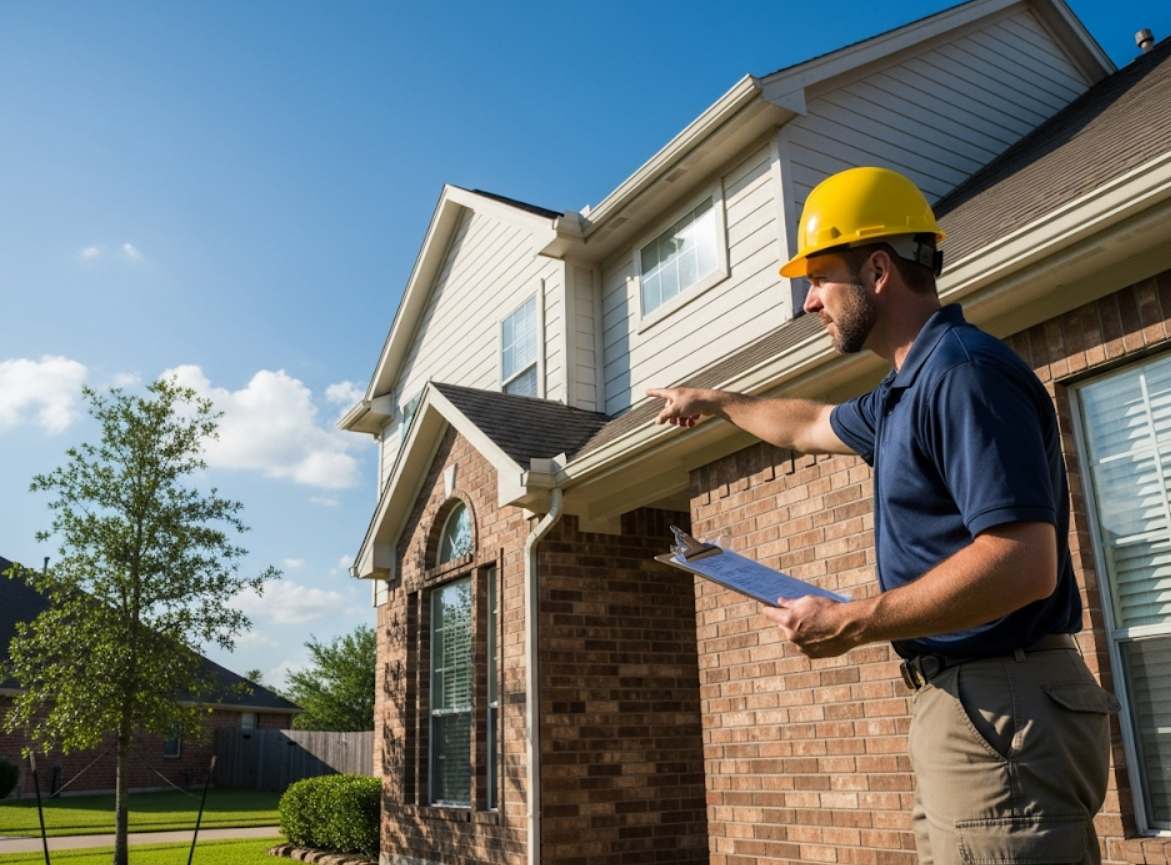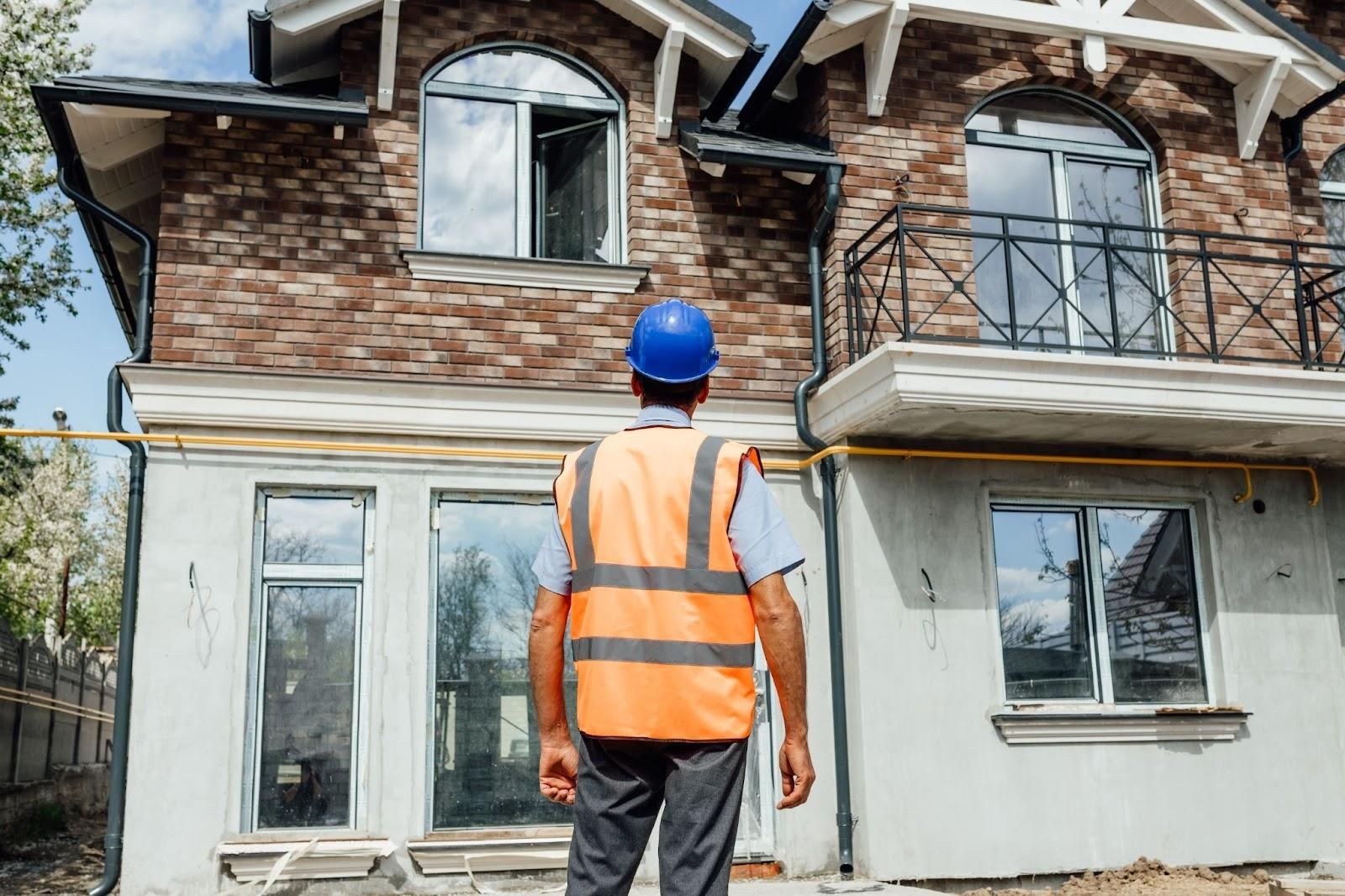Avoid These 5 Costly Construction Code Mistakes in Small Projects
Navigating the world of construction can be daunting, especially for small projects where every detail matters. Homeowners often face frustrations with common construction code violations that can lead to costly delays and unexpected headaches. From improper framing to inadequate ventilation, these issues not only compromise safety but can also result in fines and the need for costly rework.
Understanding these common pitfalls is crucial for anyone looking to undertake a small construction project. By recognizing potential violations early on, homeowners can save time and money while ensuring compliance with local regulations. Accurate Home and Commercial Services offers reliable inspections and expert guidance, helping homeowners navigate the complexities of construction codes. Their commitment to providing accurate assessments ensures a smoother, stress-free experience, allowing homeowners to focus on bringing their vision to life.
Overview of Construction Codes
Construction codes establish the minimum safety standards for buildings and structures. These codes apply to both residential and commercial projects, ensuring safety, accessibility, and reliability. Local jurisdictions typically enforce these regulations, which can vary significantly. Adhering to these codes helps prevent construction code violations that might lead to costly delays and safety hazards.
Key components of construction codes include:
- Building Safety: Codes dictate materials and design features that ensure structural integrity and safety.
- Energy Efficiency: The IECC (International Energy Conservation Code) lays out requirements for energy efficiency in new constructions.
- Accessibility: ADA (Americans with Disabilities Act) compliance ensures that buildings are accessible to individuals with disabilities.
- Zoning Laws: These laws regulate land use and are crucial when planning a construction project.
Proper understanding and implementation of these codes can significantly reduce the risk of common construction code violations. Homeowners engaged in small projects should consider consulting with certified inspectors familiar with local code requirements. These professionals play a vital role in ensuring compliance and avoiding penalties during the construction process.
Auditing plans against construction codes enhances project viability and fosters confidence in meeting local regulations. Accurate Home and Commercial Services provides inspections to help ensure compliance, offering peace of mind to homeowners and builders alike.
Common Violations in Small Projects
Small construction projects can face several violations that may complicate the process and result in fines. Recognizing these issues early helps ensure compliance and avoid costly delays.
Failure to Obtain Permits
Failure to obtain proper permits before starting construction constitutes one of the most common violations. Most municipalities require permits for specific projects to ensure safety and compliance with local codes. Without the necessary documentation, a project can be halted, creating additional expenses and prolonging timelines.
Noncompliance with Structural Standards
Noncompliance with structural standards significantly undermines a project's integrity. Building codes dictate necessary specifications to guarantee safety and stability. Deviating from these standards jeopardizes not only the structure's safety but also may lead to legal actions or mandatory rework.
Inadequate Electrical Installations
Inadequate electrical installations represent a frequent issue in small projects. Electrical work must comply with the National Electrical Code (NEC) to prevent hazards, such as fires or electrical shocks. Neglecting to follow these guidelines results in unsafe conditions and potential fines from authorities.
Plumbing Code Violations
Plumbing code violations are also prevalent among small construction projects. Compliance with local plumbing codes ensures that systems function efficiently and safely. Violations, such as improper drainage or inadequate venting, can lead to water damage or health issues, necessitating costly repairs and re-inspections.
Understanding these common construction code violations aids homeowners in avoiding pitfalls during small projects. Accurate Home and Commercial Services offers reliable inspections and expert guidance for complete compliance. Schedule a service today to ensure your project adheres to all construction codes in Greater Houston.
Consequences of Violations
Construction code violations can lead to significant consequences, impacting both projects and finances. Understanding these ramifications promotes compliance and safeguards investments.
Legal Ramifications
Legal issues often arise from construction code violations. Noncompliance can result in fines, legal disputes, or potential lawsuits. Inspectors may issue stop-work orders that halt progress until compliance is achieved. These actions can delay project timelines and lead to further complications. Contractors and homeowners might face additional scrutiny from local authorities, complicating future permits.
Financial Implications
Financial repercussions are common with construction code violations. Unresolved issues typically lead to costly rework, impacting budgets and schedules. Contractors may require additional resources to fix violations, increasing overall project costs. Homeowners risk losing investments as properties might decrease in value if not compliant. Additionally, fines from local authorities can burden project finances further, emphasizing the need for adherence to construction codes in small projects.
Prevention Strategies

Effective strategies can significantly reduce construction code violations in small projects. Implementing robust prevention measures ensures compliance and enhances safety.
Importance of Pre-Construction Planning
Planning before construction commences is essential. Reviewing local building codes and obtaining necessary permits minimizes risks associated with violations. Homeowners can develop a comprehensive project timeline and budget by identifying potential challenges upfront. Engaging with licensed professionals during this phase increases the likelihood of meeting code requirements. Proper planning can prevent delays and additional costs associated with rework and legal issues stemming from noncompliance.
Engaging Licensed Professionals
Engaging licensed professionals adds value to small construction projects. Licensed inspectors provide expertise in navigating complex building codes and regulations, ensuring adherence to local standards. Professionals understand the specifics of energy codes, including the IECC, and assist in achieving compliance early in the project.
Conclusion
Navigating small construction projects can be daunting but understanding common code violations is crucial for success. Homeowners who proactively address these issues can avoid costly delays and ensure their projects run smoothly. By prioritizing compliance with local regulations and engaging licensed professionals, they can safeguard their investments and achieve their desired outcomes.
Utilizing resources like Accurate Home and Commercial Services can further streamline the process, providing essential inspections and expert guidance. With the right approach and knowledge, homeowners can turn their visions into reality while maintaining safety and legality throughout their construction journey.
Frequently Asked Questions
What are common challenges homeowners face in small construction projects?
Homeowners often deal with issues like improper framing, inadequate ventilation, and failure to obtain necessary permits. These challenges can result in safety hazards, legal troubles, and increased costs, making early recognition essential to avoid complications.
Why are construction codes important for homeowners?
Construction codes set minimum safety standards for buildings. Following these codes helps prevent violations that could result in fines and safety risks. Compliance ensures the project meets legal requirements and maintains property value, securing the homeowner's investment.
What are the consequences of construction code violations?
Violations can lead to legal penalties such as fines, stop-work orders, and legal disputes. Financially, they may result in costly rework and may adversely affect property value. Understanding these consequences is crucial for homeowners to safeguard their investments.
How can homeowners prevent construction code violations?
Pre-construction planning is key. Homeowners should review local building codes, obtain necessary permits, and engage licensed professionals. These steps help identify potential issues early, enhancing compliance and facilitating a smoother construction process.











